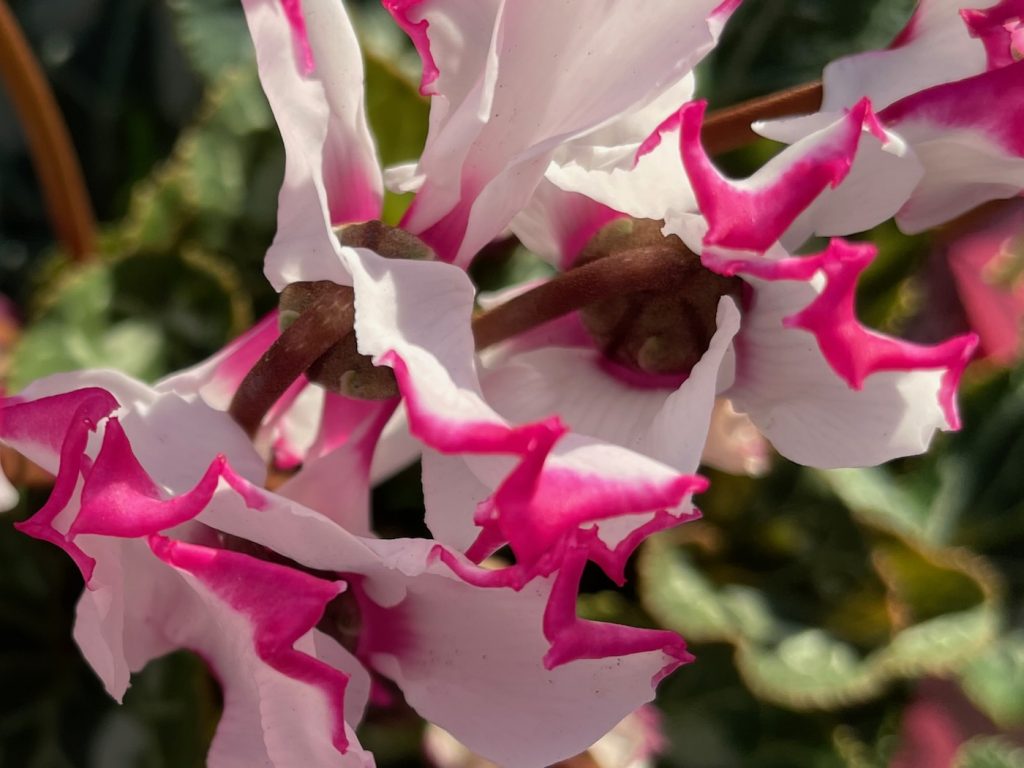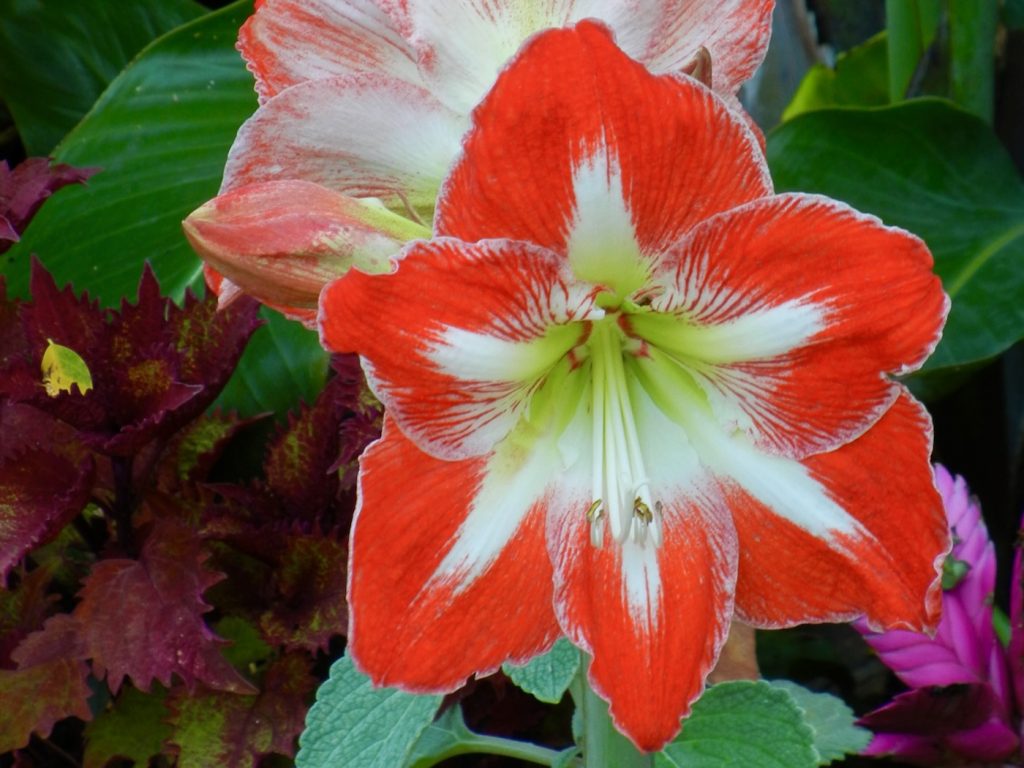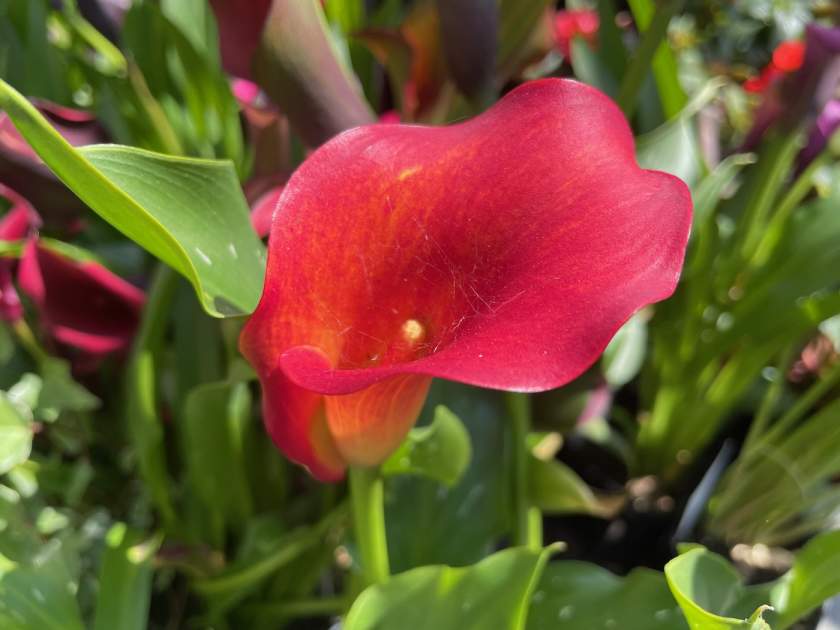Scilla sardensis: The Delicate Lesser Glory-of-the-Snow
Scilla sardensis, also known as Lesser Glory-of-the-Snow, belongs to the Asparagaceae family of plants. Native to western Turkey, this bulbous perennial has garnered attention for its charming and delicate blooms. Previously, it was classified under the Chionodoxa genus but has since been reclassified.
Characteristics of Scilla sardensis:
- Size: Scilla sardensis grows to a height of approximately 8 inches or 20 centimeters, forming a compact and dainty presence in the garden.
- Leaves: Each bulb of Scilla sardensis produces two or three narrow, lance-shaped leaves that are approximately 6 inches or 15 centimeters long. These leaves provide a slender and graceful backdrop to the vibrant flowers.
- Flowers: The flowers of Scilla sardensis bloom on a single stem, forming a raceme with up to 20 blossoms. These exquisite flowers display a stunning violet-blue color with a paler center and white stamen bases. They create a delightful contrast against the foliage and add a touch of elegance to any landscape.
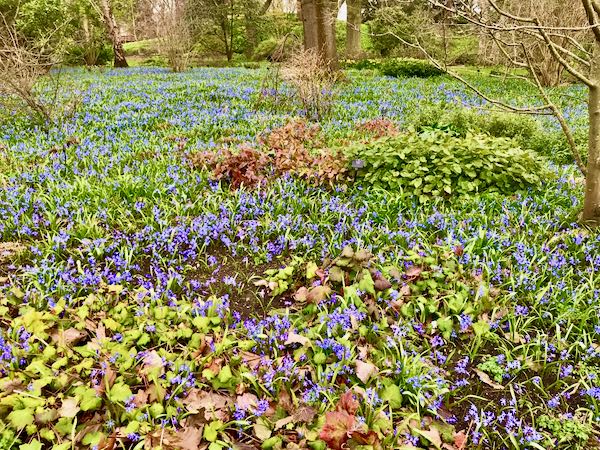
Scilla sardensis, the Lesser Glory-of-the-Snow, is a captivating perennial that enchants with its delicate blooms. The slender lance-shaped leaves emerge from the bulb and gracefully frame the exquisite flowers that appear in spring. The racemes of vibrant violet-blue petals, each with a paler center, create a captivating visual display that is sure to capture attention.
As a compact plant, Scilla sardensis forms a neat and organized clump of foliage and flowers. It reaches a modest height of about 8 inches, making it an ideal choice for borders, rock gardens, or naturalized areas. Under favorable conditions, Scilla sardensis can multiply and spread, enhancing its presence in the garden.
How to Grow Scilla sardensis:
Sun or Light Shade: Scilla sardensis thrives in both sunny and lightly shaded areas. It can adapt to different light conditions, making it versatile for various garden settings. Provide a location that receives adequate sunlight for a portion of the day, but some shade during the hottest hours.
Well-Drained Soil: When planting Scilla sardensis, choose a moderately fertile sandy loam soil that is well-drained. Good drainage is crucial to prevent waterlogging, which can be detrimental to the bulbs. Avoid heavy clay soils that retain excess moisture.
Propagation Methods: Scilla sardensis can be propagated through seeds or offsets. Allow the plant to self-seed naturally, or collect and sow the seeds in suitable conditions. Additionally, when the bulbs produce offsets, you can separate and replant them to expand your Scilla sardensis population.
Disease and Pest Resistance: Scilla sardensis is generally disease-free and pest-free, which contributes to its low-maintenance nature. It is also resistant to browsing by deer and rodents, making it a reliable choice for gardens where these animals may be present.
By following these guidelines, you can successfully cultivate Scilla sardensis and enjoy its enchanting blooms in your garden. With its delicate flowers and graceful foliage, this Lesser Glory-of-the-Snow brings a touch of natural beauty and charm to any landscape.
Other synonyms for Scilla sardensis include:
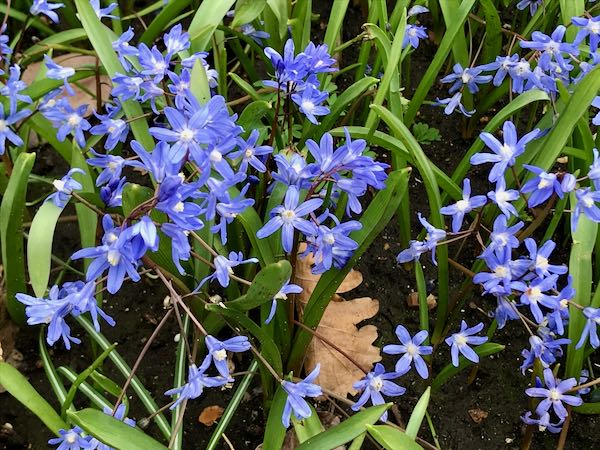
- Chionodoxa sardensis
- Chionodoxa luciliae

